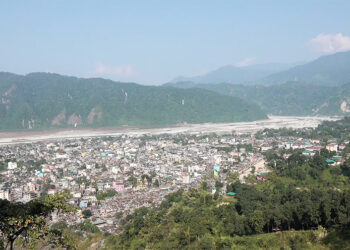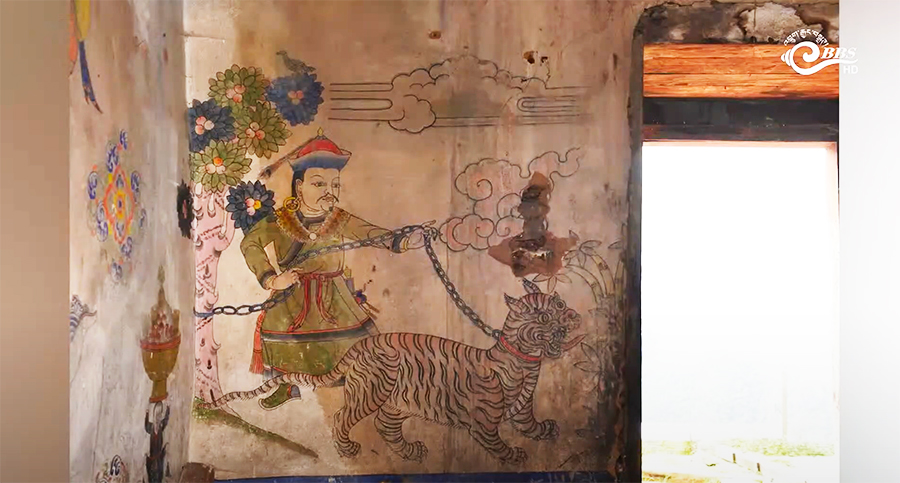 In Bhutan, where some of the world’s most elusive big cats still roam, a unique conservation movement is taking root. Not through fences or patrols, but through folktales, spiritual teachings, and deep-rooted reverence for nature. The Druk Nyo Foundation is leading this effort.
In Bhutan, where some of the world’s most elusive big cats still roam, a unique conservation movement is taking root. Not through fences or patrols, but through folktales, spiritual teachings, and deep-rooted reverence for nature. The Druk Nyo Foundation is leading this effort.
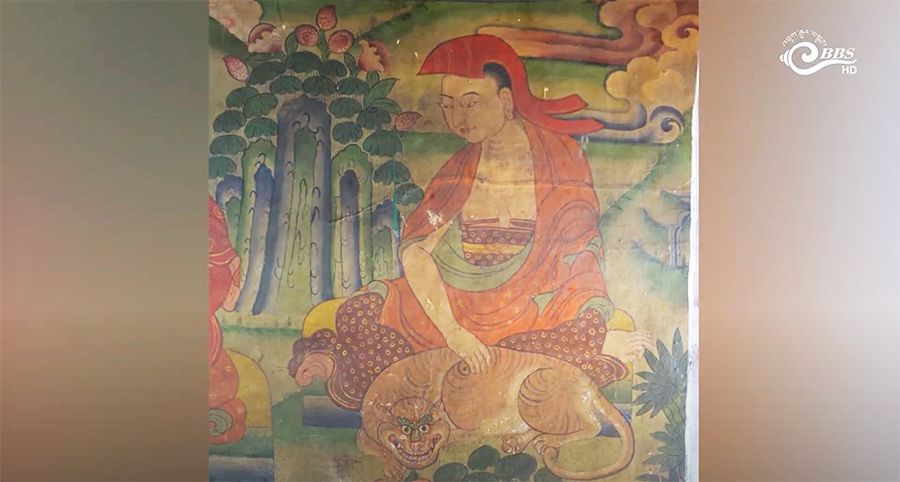 In Bhutan, tigers are more than just an animal. They are a spiritual and cultural icon with their citation in Buddhist scriptures, scroll paintings, prayer flags and monasteries.
In Bhutan, tigers are more than just an animal. They are a spiritual and cultural icon with their citation in Buddhist scriptures, scroll paintings, prayer flags and monasteries.
By documenting references to tigers and other wildlife, the Druk Nyo Foundation aims to strengthen advocacy and raise awareness about the importance of conserving tigers and other wildlife.
Under this project, the foundation has uncovered over 300 scriptural sources that emphasise the importance of tigers in Buddhist teachings.
Khenpo Phuntsho Gyaltshen, Data Collector of Druk Nyo Foundation said “When we got this project, we have been reading the scriptures of the Buddha’s teaching and we managed to find over 300 sources that actually points into the importance of tiger and how it means the health of the environment and particularly, tiger is considered one of the essences of the forest. We luckily have a good tiger population and it’s also increasing. Credit goes to our forestry department and also to our native sentiments where it is actually deeply rooted into the people’s mental state that they even respect.”
In addition to tigers, the team has gathered over 700 topics related to other Himalayan wildlife, which they believe can also contribute to broader conservation efforts.
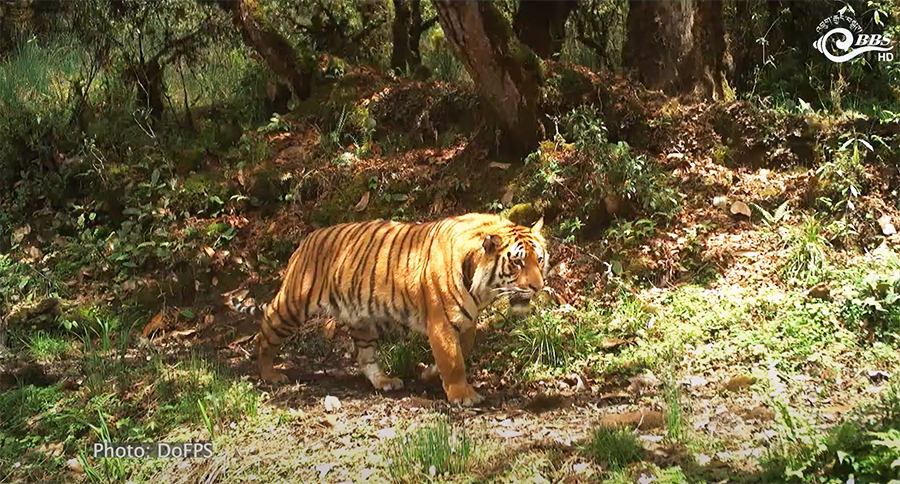 Tigers, despite being revered in Bhutanese culture, face increasing threats from habitat encroachment, human-wildlife conflict, and global climate pressures. While Bhutan has made strides in wildlife protection, with an estimated 131 tiger population, continued conservation efforts are deemed necessary to ensure their long-term survival amid growing environmental and developmental challenges.
Tigers, despite being revered in Bhutanese culture, face increasing threats from habitat encroachment, human-wildlife conflict, and global climate pressures. While Bhutan has made strides in wildlife protection, with an estimated 131 tiger population, continued conservation efforts are deemed necessary to ensure their long-term survival amid growing environmental and developmental challenges.
Currently, conservation relies heavily on scientific methods, but for more effective results, experts say there is a need for an integrated approach, one that combines science with Bhutan’s rich cultural and spiritual traditions.
Philip Riordan (PhD), Director of Conservation of Marwell Wildlife in UK said “I think the Bhutanese context, and particularly through Buddhism, as we have heard in this workshop, even before Buddhism, the sort of the cultural attitudes and values within Bhutanese society has for a long time understood and revered nature. And the depictions that we are now hearing about, that are being developed and emerging through the work that we are doing with the spiritual leaders, are really emphasising that importance.”
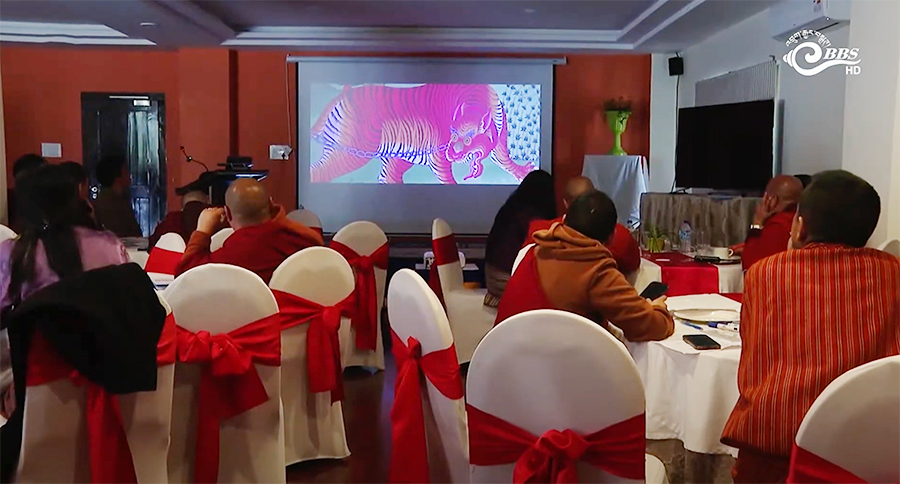 To deepen their understanding, the Druk Nyo Foundation interviewed 26 individuals from various backgrounds, collecting oral histories and personal insights into tiger symbolism and conservation.
To deepen their understanding, the Druk Nyo Foundation interviewed 26 individuals from various backgrounds, collecting oral histories and personal insights into tiger symbolism and conservation.
Sonam Nyenda, Druk Nyo Foundation’s ED said “So, right now, we have completed gathering the data. And next step is to go through the data once again and then analyse it. And then probably we may be able to write some articles or booklets. Then, the next actual step is to make it into a conservation advocacy idea and then through religious organisations, advocate to the general public.”
As development and climate pressures grow, integrating traditional knowledge into modern conservation efforts could be key to protecting not just tigers, but all of Bhutan’s wildlife for future generations.
Samten Dolkar








